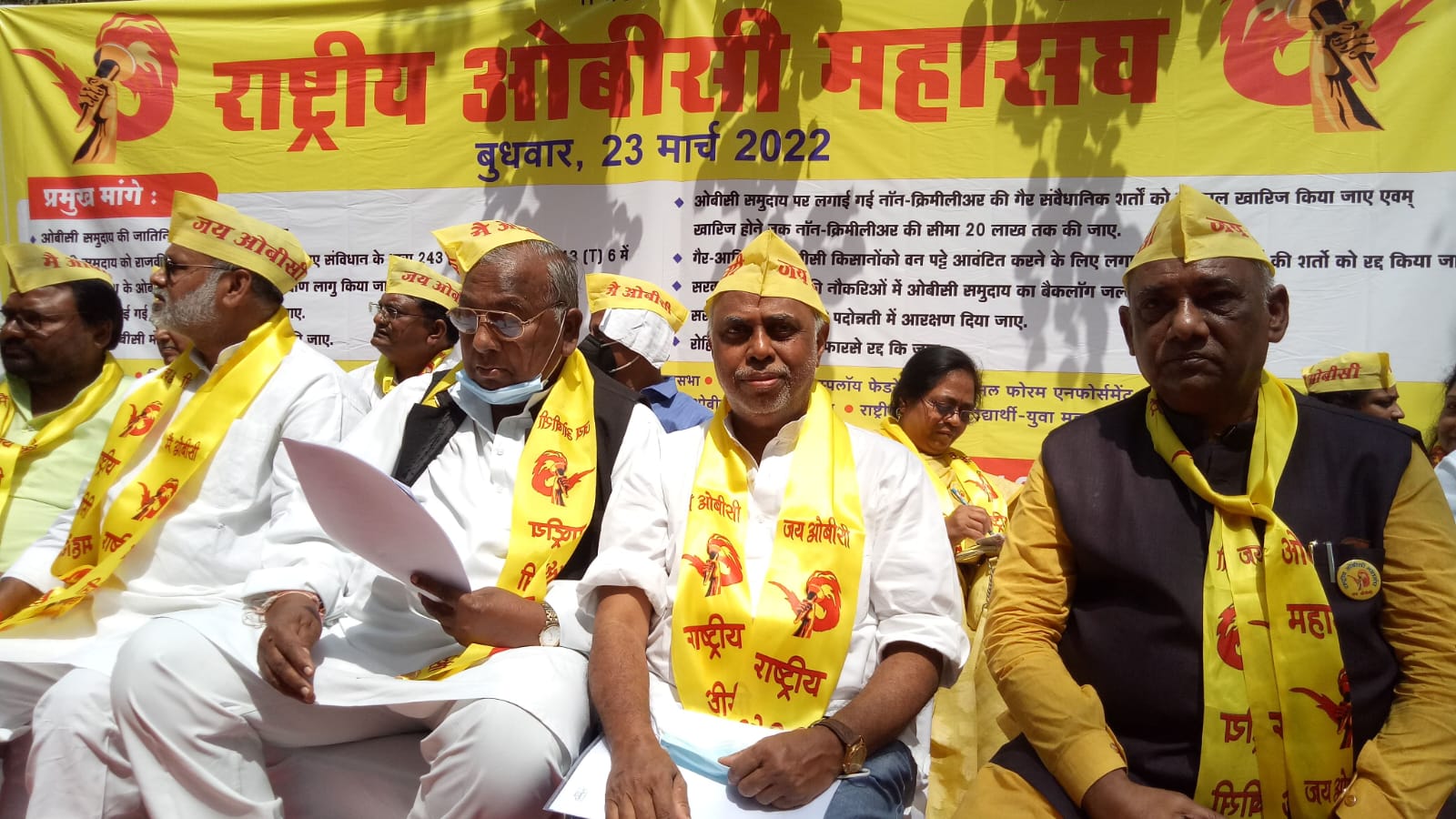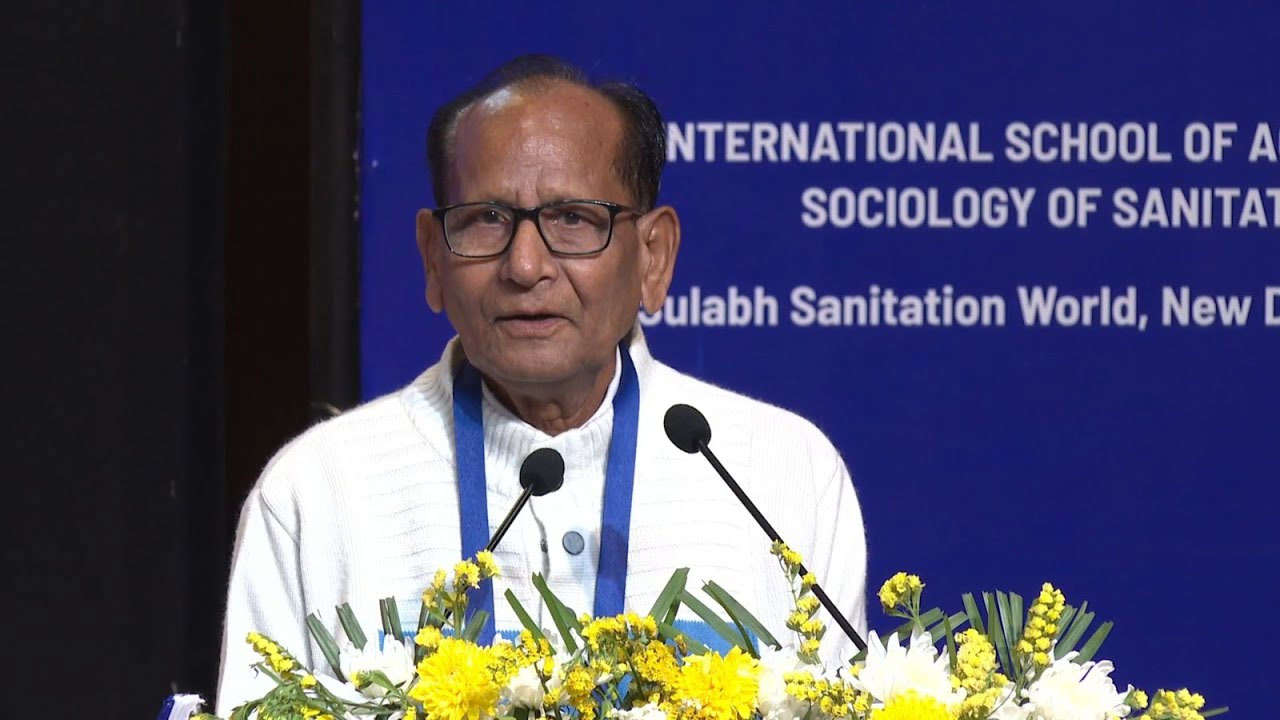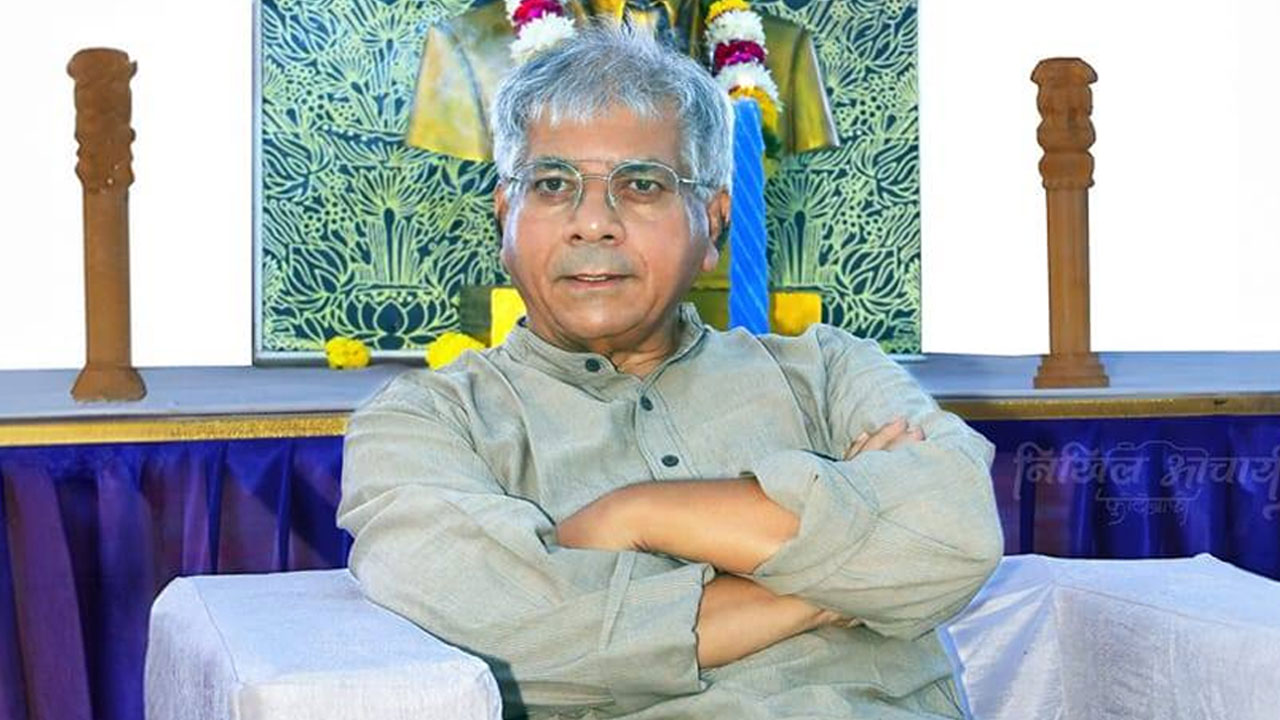As we enter the new year, it may be a good time to cast a critical eye over the films released in India in 2022. Of special interest to me was how they treated and projected the aspirations of the Indian populace. From this standpoint, most films directed or produced by upper-caste cineastes presented the wretched and dejected world of the subaltern, while films, although few, by anti-caste filmmakers vehemently and powerfully put forward the idea of justice and equality.
Vivek Agnihotri’s The Kashmir Files left no stone unturned in imposing the politics of polarization by putting right-wing ideology on the screen. How it accomplished its political goal of gaining the sympathy of Indians (Hindus) by delegitimizing and dehumanizing “others” (Muslims)! It focuses on the lives of the upper-caste Kashmiri Pandits who fled the Kashmir Valley during the insurgency of 1989-1990. The film shows the violence unleashed by the Muslims against the Pandits but doesn’t offer even a glimpse of the privileges the Pandits enjoyed until then.
However, this is nothing new, for mainstream cinema has mostly focused on the lives, struggles and aspirations of the upper castes. For instance, Gehraiyaan (directed by Shakun Batra) is about an upper-caste couple and their friends’ life and business and the difficulties they face. The debate about the lack of characters with Dalit subjectivity and surnames in films has been addressed by Shakun Batra and producer Karan Johar by not assigning any surname to the characters. One can imagine the filmmakers’ hypocrisy in adopting a method in which they do not have to include a Dalit character. It failed miserably at the box office but that will not deter them from bringing more such stories to the celluloid in the future. Another such film is Sharmaji Namkeen (directed by Hitesh Bhatia) which presented the life-story of a retired upper-caste widower Brij Gopal Sharma. Adding to the list, Gujarati film Chhello Show (meaning “The Last Film Show”, directed by Nalin Kumar Pandya) India’s official nominee for Best International Feature at the 95th Oscars, while being a story about a young boy dreaming of becoming a filmmaker, zooms in on his family’s “miseries” and zooms out of its social-cultural-political capital. Since the beginning of Indian cinema, upper caste filmmakers have been master dissimulators, portraying one side of reality while ignoring the other. When they portray the upper-caste as economically weak, they invisibilize the larger section of the society. Shamshera, directed by Karan Malhotra, is a period action-drama film about an imagined oppressed tribal community Khameran and its powerful leaders Shamshera and his son Bali (dual role by Ranbir Kapoor). In the film, untouchability and discrimination based on social location is a theme, but the film lacks historical and cultural understanding of the subalterns, leading to a vague concept of untouchability with no relevance. The storyline is structured in such a way it could leave most viewers confused. It could be the story of a warrior (Kshatriya) community that later became untouchable for some group within their community, for which they are fighting to restore their self-respect and upper position in the caste society. Or it could be a fight against the British to gain freedom from them. Or it could be a tussle between Adivasis and Brahmins. Many anti-caste scholars have expressed concerns about this ambiguity of the film. Which leads to one question: if upper-caste filmmakers truly care about stories about subalterns and their subjectivity, have they yet to grasp that the subalterns themselves could be in a better position to tell their stories, render these stories on screen – so, putting together an inclusive team that consists of a Dalit-Backward Caste scriptwriter or an Adivasi cinematographer would make sense? Another such film is Laal Singh Chaddha (directed by Advait Chandan), which is a remake of the 1994 American film Forrest Gump (directed by Robert Zemeckis). This remake ignores and nullifies critical issues in Indian society, such as caste-based atrocities, while emphasising all other historical events, such as the “Rath Yatra”, the 1984 Sikh Massacre, and so on. Forrest Gump depicts racial discrimination, whereas Lal Singh Chaddha makes absolutely no attempt to address social realities.

This discussion on the Savarna imaginary world of the voiceless Dalitbahujan takes us to Matto Ki Saikil (directed by M. Gani). It is a story of a Dalit daily-wager Matto, played by Prakash Jha, who has also produced this film. Without the bicycle, Matto is debilitated; the bicycle is his crutch. It is his 20-year-old bicycle that allows him to commute to the city to work as a construction worker and support his wife and two young daughters. Matto’s haplessness can make you shed tears of sympathy, which is one of the goals of the movie. But it is not only the story of a labourer, but also of a Dalit, and thus the portrayal of Matto is contentious because it does not allow him to use his agency, instead turning him into a vulnerable, agency-less, dejected and wretched victim. Dr Ambedkar’s emphasis on education as a weapon against oppression is treated with disdain but what we see in the film is Gandhi’s Harijan in the form of Dalit Advocate Rajesh (played by Akash Sharma), who, in spite of being educated, is not assertive. He runs a pig-rearing business and always complains about his problems. It is as if the film is suggesting to Dalits that no matter how educated they may be their job is to clean gutters and live with pigs. Matto’s repairable bicycle is a metaphor for a vicious cycle in which Matto is trapped with no way of escaping or breaking free.
Apart from these Bollywood films which skirted crucial caste questions, anti-caste filmmakers did make their presence felt in 2022 with Jhund (directed by Nagraj Manjule), Jayanti (a Marathi film directed by Shailesh Narwade) and Natchathiram Nagargiradhu (a Tamil film directed by Pa. Ranjith). Unlike Matto Ki Saikil, these three films are strong on Ambedkarite ideology and embody hope and courage. Jhund (meaning “crowd”) captures the journey of youngsters from a slum called Gaddi Godam in Nagpur. The film touches on the real-life activism of Vijay Barse, who has been using the game of football to improve the lives of slum children. Barse’s work inspires these youngsters from the “crowd” to become a team. Through Jhund, the celebration of Ambedkar Jayanti makes it to the screen for the first time in the history of Bollywood. It reveals the toxic, pitiful world of the Dalitbahujan, but it also shows a way to break free from this space and transgress the boundaries set by the upper-caste world. It shatters the stereotype that the Dalitbahujan have no merit or talent.
Jayanti not only highlights the Ambedkarite movement’s critical understanding of the Ambedkar Jayanti celebration as a motif but also touches the core of the anti-caste struggle. The OBC hero is shown learning history through Ambedkar, Shahuji Maharaj, Malcom X, Shivaji Maharaj, Jotiba Phule, Sant Raidas, and others. His journey from ignorance to awareness of anti-caste history is inspiring. He not only asserts his individual agency but becomes an inspiration in building a community spirit and assertion among others.
Natchathiram Nagargiradhu revolves around the society’s intersectional complexities involving caste, class, gender, and sexuality and showcases politics in relationships. Rene, played by Dushara Vijayan, is the protagonist. She asserts her ideology with pride, while being fully informed about its history. In fact, in one scene, Rene’s boyfriend, Arjunan (played by Kalaiyarasan), asks her about her ideological position: “Are you a communist?” Rene dismisses the notion immediately. “I’m an Ambedkarite,” she replies, while tasting her beef fry. This dialogue and frame are a powerful statement on the upper caste who always try to “other” the culture, food, and ideology of the margins. For me, Natchathiram Nagargiradhu is musically vibrant, artistically rich, and ideologically humanist. It is an assertion. I highly recommend watching these three films to understand how assertion and anti-caste Dalit-Bahujan perspectives appear on screen.
Forward Press also publishes books on Bahujan issues. Forward Press Books sheds light on the widespread problems as well as the finer aspects of Bahujan (Dalit, OBC, Adivasi, Nomadic, Pasmanda) society, culture, literature and politics. Contact us for a list of FP Books’ titles and to order. Mobile: +917827427311, Email: info@forwardmagazine.in)





